I'm writing an Android app that measures the luminance of camera frames over a period of time and calculates a heart beat using Fourier Analysis to find the wave's frequency. The problem is that my spectral analysis looks like this:
which is pretty much the inverse of what a spectral analysis should look like (like a normal distribution). Can I accurately assess this to find the index of the maximum magnitude, or does this spectrum reveal that my data is too noisy?
EDIT:
Here's what my camera data looks like (I'm performing FFT on this):

